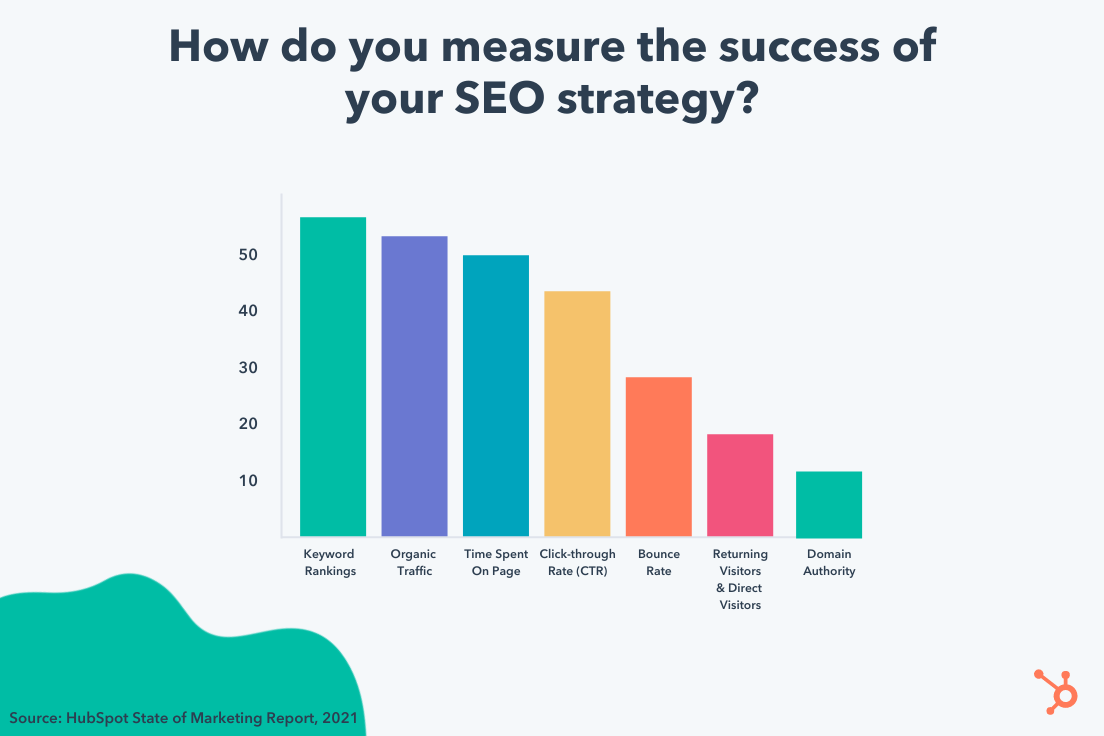When it comes to a brand’s marketing budget, there’s only so much funding to go around. Everyone in the business wants a piece of the funding pie, but there’s not enough pie to please every department.
On average, ecommerce brands spend only about 10% of their net revenue on marketing – which is low! However, despite a volatile economy, 54% of companies interviewed in a recent survey actually said they will be increasing their marketing budgets this year to help drive sales, increase brand awareness, generate leads, convert leads into customers, retain customers, and grow their business on a whole. But how do you know where to increase your spending and where to cut costs?
The study also found that companies allocate about 66% of said marketing budgets to digital marketing channels, yet most brands aren’t sure what digital marketing activities are vital to achieve a desirable ROI.
So, how can you reduce and maximise your marketing budgets? It requires a strategic approach that balances cost-cutting with effective spending to drive growth. Here are some tips to help you achieve this balance:

1. Audit your current expenses
Start by conducting a thorough audit of your current marketing and digital marketing expenses. Identify areas where you are overspending and not achieving your desired ROI, or where there is room for optimisation.
2. Set clear budget goals
Define specific budget goals and SMART objectives to outline what you really want to achieve with your marketing efforts. Whether it's increasing sales, expanding your customer base, or improving brand awareness your budget spend should always align with these goals. The you can Identify the marketing channels and strategies that are most likely to help you achieve said goals. Prioritise these channels in your budget allocation first. For example, if you find that social media advertising has a high ROI for your business, allocate a larger portion of your budget for social media.
Bear in mind what the path is that your customers are taking before arriving to purchase and think about how can your marketing budget address any gaps or sticking points your consumers may be experiencing.
3. Prioritise high-ROI marketing channels
Identify the marketing channels that are going to provide the highest return on investment (ROI) for your ecommerce brand. Focus your budget on these channels while reducing spending on less effective ones. We will always advise clients to invest in SEO and paid search for the best ROIs. Organic traffic is number one but a combination of SEO and paid search or PPC has potential beyond the sum of its parts.
"A search engine results page (SERP) is like a shared ownership property. The more of it you control, the more valuable it is for you and your future position on the ladder. If you hold 20% of positions on the first SERP you control a significant percentage of that page and therefore have more control and exposure to the market."
Head of Digital Marketing - Unified
4. Embrace data-driven decision-making
At the heart of the digital marketing ecosystem is data. Data has become the lifeblood of successful marketing campaigns. It’s the cornerstone of modern digital marketing and data’s importance cannot be overstated, as it underpins personalisation, targeting, measurement, research, segmentation, testing, prediction & real-time decision-making to list a few areas. Ecommerce brands that harness the power of data-driven strategies are significantly better positioned to succeed online, compared to those that don’t.
Invest in analytics tools to track the performance of your marketing campaigns and ecommerce efforts so that you have data to back up any strategy. Using data to make informed decisions will allow you to allocate your budget to strategies that deliver good results. A tactical and data-backed way to analyse your sales funnel is using your ecommerce website’s Google Analytics Goal Flow report as a supplement to any qualitative metrics you choose to monitor.
5. Optimise marketing to optimise website performance
A well-optimised website can lead to increased conversion rates, reducing the need for additional marketing spend. But, you need to ensure your site is user-friendly, loads quickly, and is mobile-responsive so that when a marketing campaign drives traffic to your site, you can convert.
The ability to track and measure the performance of digital marketing campaigns is one of the most significant advantages of data-driven marketing. Metrics such as click-through rates, conversion rates, and return on investment (ROI) provide valuable insights into campaign effectiveness, and as a result the effectiveness of your website. Brands can quickly identify which strategies are working and which aren’t and then allocate resources, accordingly, optimising their marketing efforts for better website performance in the long run.
6. Leverage content marketing
Leveraging content marketing in a cost-effective way requires creativity, strategic planning, and efficient use of resources. By repurposing existing content into different formats, for example, turning a blog post into a video, podcast, infographic, or a series of social media posts, you can extend the life and value of your content without starting from scratch and spending time and money on resources.
By analysing data from various sources, such as website visits, social media interactions, and email engagement, a business can then see which content has the highest engagement rates enabling your team to craft tailored content and recommendations that resonate with individual users and increase ROI.

7. Implement email marketing
Email marketing can be a relatively cheap and therefore cost-effective way to engage with existing customers and drive repeat sales through segmentation.
Data-driven segmentation will allow your businesses to divide your audience into distinct groups based on shared characteristics. This approach enables tailored email campaigns for each segment, ensuring that messages resonate with specific customer subsets. For example, an ecommerce store can segment its customers by purchase history, tailoring product recommendations and promotional offers accordingly. Data allows for a cross sell & upsell approach.
Email platforms such as Klaviyo allow you to personalise your email campaigns to increase their effectiveness. The data you can manipulate through email marketing empowers marketers to personalise their messages and offerings based on user preferences, behaviour, and demographics. Personalisation not only enhances customer engagement but also drives conversions and customer loyalty.
8. Use social media wisely
Rather than spreading your budget across all social media platforms, focus on the ones that resonate most with your target audience. If you want to reach younger consumers, you better have a solid social media marketing strategy and use the platforms your consumers are using. More than 50% of Gen Z and Millennial consumers reported that they buy products from social media as opposed to generations X and Y. Run targeted ads on Instagram and TikTok and create engaging targeted content just for them!
9. Explore influencer marketing
Collaborate with relevant influencers in your industry to reach a wider audience. This can be more cost-effective than traditional advertising methods. Regardless of budget, there are influencers and content creators out there for your brand. If you’ve got plenty to spend, you can collaborate with macro or celebrity influencers and blast your message out to millions of followers in one go, but if you have a small fund, you can find influencers to target a desires niche. It’s a quick way to increase brand awareness and a safe bet for getting some earned media and conversations started about your brand – not to mention higher social media engagement rates!
10. Focus on retention
Your biggest fans are also your best current customers. Do everything you can to encourage repeat purchases, whether through loyalty programs, personalised offers, or anything else that will make your current audience feel valued. Incentives and promotions might cost you some money upfront but are a great way to retain existing consumers, and increase brand engagement.
Some tried-and-true incentives and promotions include:
Discount codes and coupons delivered via email to pique consumer interest
Free samples and add on products to help people fall in love with your product before they commit
Referral programs to reward customers for sharing the love with friends and family
Contests and giveaways on social media for an exciting chance to win free merch
Limited-time offers to give consumers a sense of urgency
"We expect retail ecommerce sales to account for 43.4% of total retail ecommerce sales in 2023, up from 41.8% in 2022."
eMarketeer
By combining these strategies and regularly reviewing your budget and marketing performance, you can reduce unnecessary expenses while maximising the impact of your marketing and digital marketing efforts. This balanced approach will help you achieve better results and sustainable growth for your business; not to mention save you some money in the long run.
If you are interested in learning more from our digital marketing or SEO experts, then get in touch!

I’m hands-on with our client’s SEO from inception, to strategy, right the way to implementation. It’s my job to keep my finger on the pulse of what’s new in SEO industry and make sure we stay on the cutting edge.




